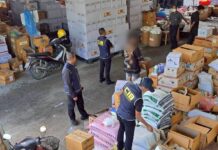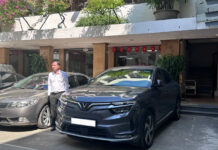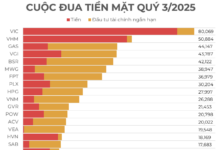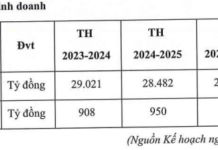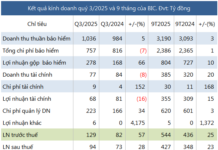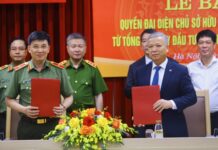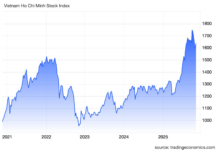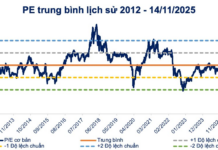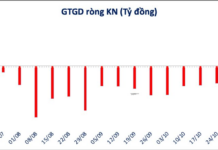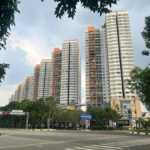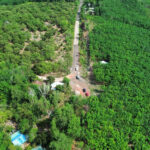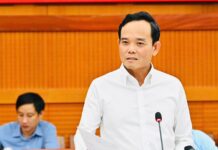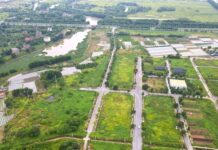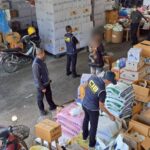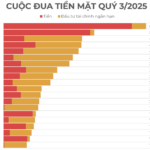**Ho Chi Minh City Faces a Shortage of New Housing Supply**
*According to a report by Savills Vietnam, only approximately 1,600 new apartments were released for sale in Ho Chi Minh City in Q2 2025, bringing the total primary supply for the first half of the year to 6,800 units – a modest figure compared to the scale and urbanization pace of this expanding metropolis with a population of over 14 million.*
*The low-rise segment experienced a similar situation, with only 700 new units entering the market during the same period.*
*Similarly, data from CBRE Vietnam indicated that Q2 2025 witnessed the lowest new supply in almost a decade. For the first half of 2025, the total new supply was 16% lower than the same period in 2024. The company forecasts that this shortage of supply will persist in the coming period.*
*In this context, projects with established communities, transparent legal frameworks, and well-functioning utilities have become the preferred choice for customers seeking a place to reside or accumulate long-term assets.*
*Located in the south of Ho Chi Minh City, Mizuki Park, a 26-hectare urban area developed by Nam Long in collaboration with two Japanese partners, is one of the few urban areas that fully meet these criteria. Situated on Nguyen Van Linh Boulevard, directly connecting strategic infrastructure such as Ring Road 3, the extended Nguyen Huu Tho, and Metro Line 4, Mizuki Park boasts a well-planned layout, complete amenities, and a community of over 4,000 families – a testament to the sustainable vitality of a livable city.*
*Hence, the introduction of Trellia Cove, the final compound subdivision within the urban area, quickly attracted market attention amidst the scarcity of supply, offering superior value from an already well-established urban area.*
**
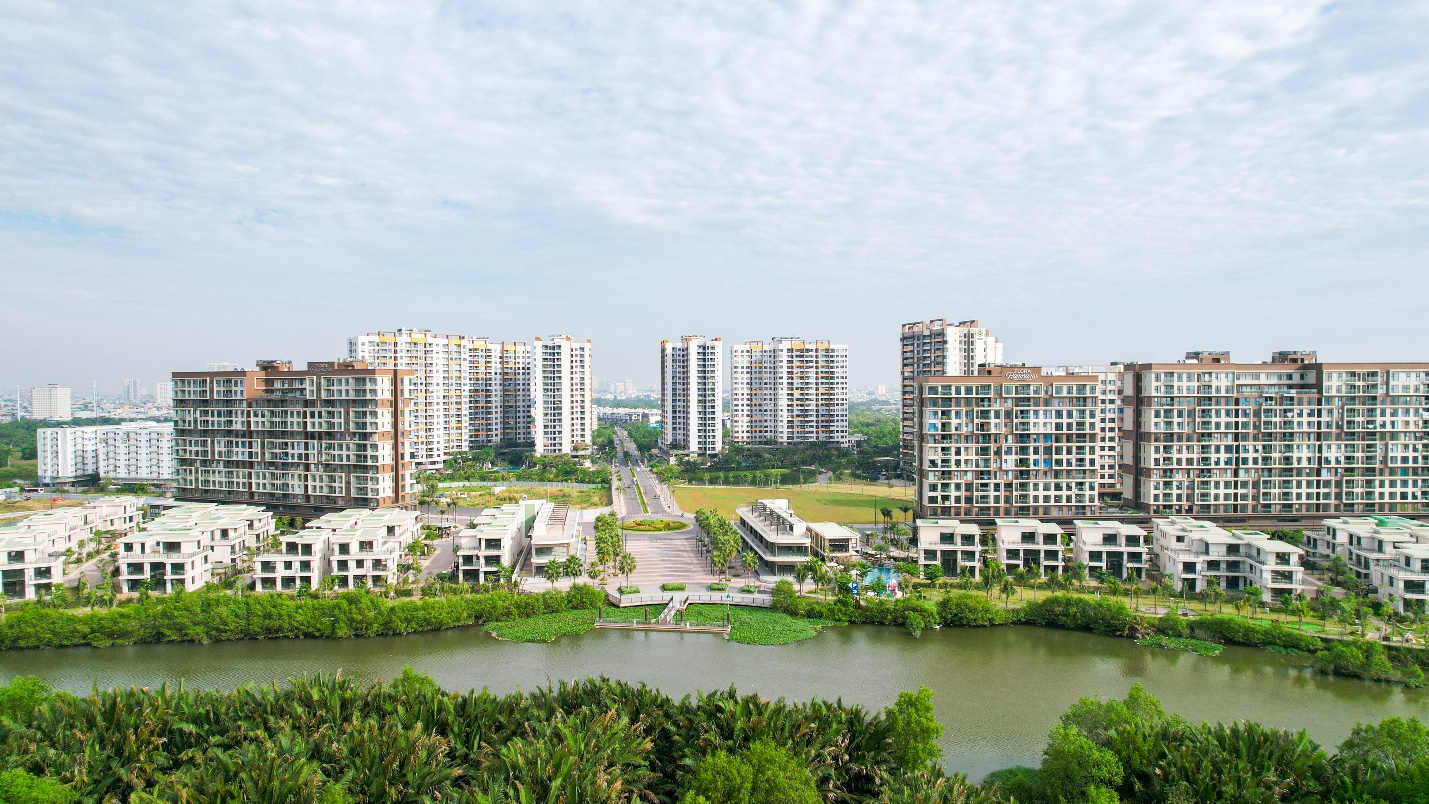
Mizuki Park – The Prominent 26-hectare Urban Area in South Saigon
**
**Trellia Cove – A Priceless Compound Subdivision in the Heart of Mizuki Park**
*Trellia Cove marks the next step in the journey of creating the integrated Mizuki Park urban area. With a scale of over 8,000 square meters, Trellia Cove introduces a limited number of shophouses and over 800 2- and 3-bedroom apartments, ranging from 54 to 170 square meters, to the market.*
*Located in a secluded area at the end of the main urban axis, this subdivision enjoys a rare advantage with two water-facing sides: the central canal and the Ba Lao creek, while also adjoining a 3,500-square-meter riverside park, thus forming an eco-living space in the heart of the city.*
*As the final compound subdivision in Mizuki Park, Trellia Cove is planned according to multi-layered security standards, emphasizing privacy while remaining seamlessly connected to the already completed urban utility system. As a result, Trellia Cove inherits the full value of Mizuki Park’s established ecological environment and urban amenities while introducing a completely new standard of living.*
*The living space in Trellia Cove is elevated by a diverse range of internal utilities, including a fitness and yoga gym, swimming pool, children’s playground, outdoor BBQ area, family picnic area, and a Clubhouse with a multi-purpose sports area and banquet hall… The third floor is designed with open spaces such as gardens, outdoor yoga and gym areas, and a children’s playground… By allocating amenities horizontally and vertically, both indoors and outdoors, unique layers of experiences are created, ensuring that every day in Trellia Cove is a journey of embracing each moment for all generations of residents.*
**
A Harmonious Blend of Amenities and Nature at Trellia Cove
**
*In addition to its exclusive internal utilities, Trellia Cove connects to the full range of completed and operational amenities within the Mizuki Park urban area, including a central park, Japanese island, square and boat dock, event park, supermarket, F&B outlets, pharmacy… Within the urban area, the 10,000-student Nguyen Binh Khiem Primary School is already operational. These amenities serve the community and enhance the appeal of Mizuki Park’s residential offerings.*
*The launch of a compound subdivision within a “liveable” and desirable urban area like Mizuki Park not only meets real housing needs but also offers long-term investment value due to its scarcity, civilized community, and maturing amenities over time. These advantages make Trellia Cove a rare and sought-after “gem,” providing an exceptional quality of life right in the heart of Mizuki Park, as well as a sustainable asset accumulation choice in the real estate market for the second half of 2025.*
*In line with Nam Long’s commitment to supporting homebuyers at Mizuki Park and its other projects, the company has collaborated with major banks such as Vietcombank, VietinBank, BIDV, and ACB to implement the Easy Pay financial policy. With a loan term of up to 40 years, principal grace period, and interest support for up to 36 months, along with a flexible principal repayment schedule starting from just 1% per year, this is considered an efficient and practical financial solution for homebuyers, especially those with genuine housing needs.*
A Heavily Polluted Canal in Ho Chi Minh City: The $360-Million Project to Bring it Back to Life
The decrepit houses and pitch-black water of Rach Van Thanh in Thanh My Tay Ward, Ho Chi Minh City, paint a dismal picture. However, there is hope on the horizon as plans are afoot to invest over VND 8,555 billion in the rehabilitation of this canal, offering a glimmer of renewal and transformation for the better.
The Rising Tide of Resale Condo Prices
The surge in secondary apartment prices can be attributed to a fundamental imbalance in the market dynamics of supply and demand.
Proposed Road Construction Through the Forest: Connecting Dong Xoai and Ho Chi Minh City’s Ring Road 4
The route commencing from Dong Xoai, traversing Provincial Road 753, and the Ma Da Bridge, including the 13km-long viaduct leading to Ho Chi Minh City’s Ring Road 4, offers a seamless connection.


